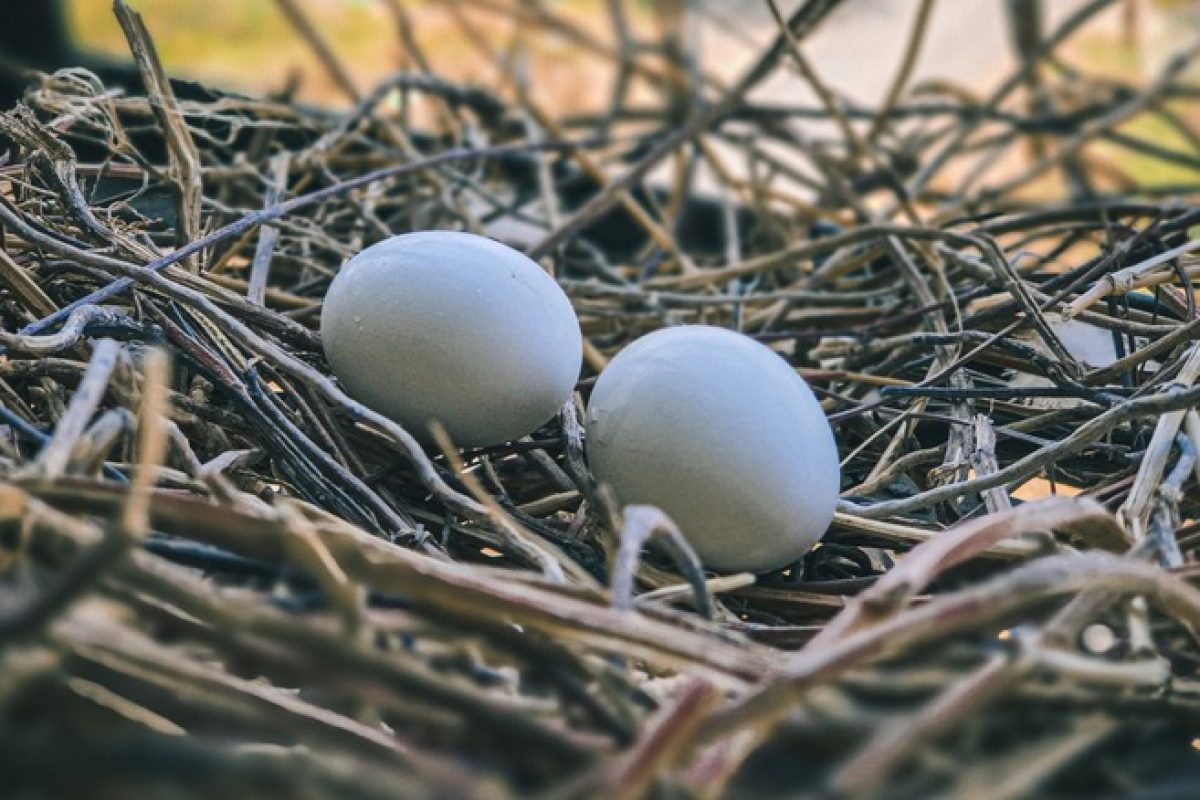
Pigeons are intelligent, gentle birds that are surprisingly easy to raise. Whether you’re starting a small loft or simply curious about the hatching process, this guide will help you successfully hatch pigeon eggs at home—from start to finish.
Before getting started, make sure you have:
Use a soft pencil to mark each egg with an “X” and “O” to track turns.
By day 5–7, candle the eggs to look for:
Pigeon eggs typically hatch after 17–19 days of incubation.
Near hatching:
Chicks will start “pipping” (cracking the shell) and usually fully emerge within 24 hours.
Once hatched:
Pigeon chicks need warmth and a stress-free environment to thrive.
What do you think About us?
Need help? Our team is just a message away